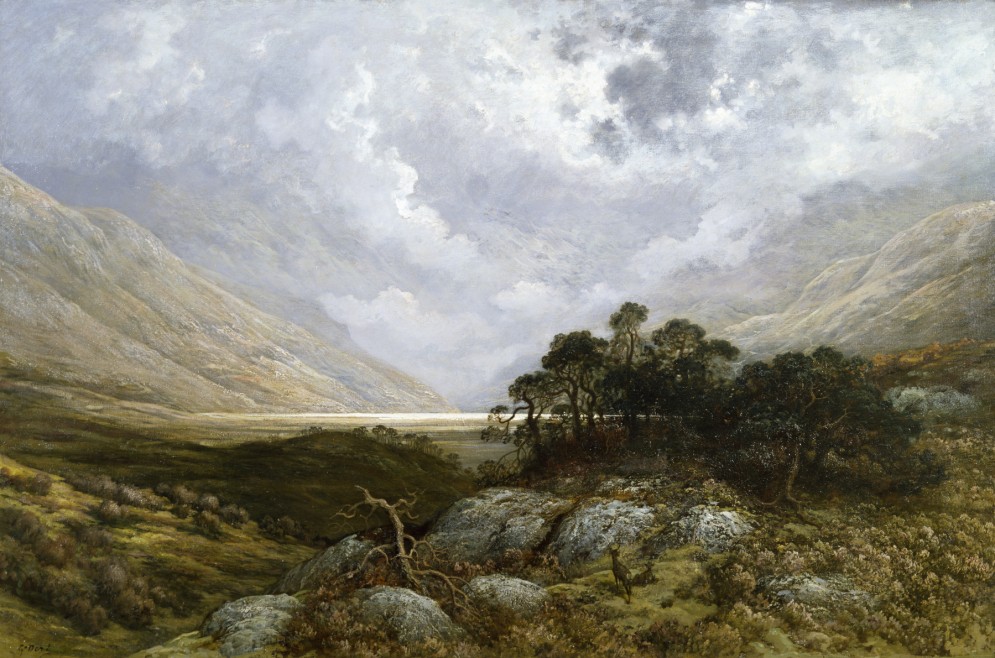
“Aida,” the opera by Guiseppi Verdi, was written in honor of the opening of the Suez Canal. Now there may be an encore. Egypt is widening the canal with a second lane. Before, 49 ships transited per day; the improved waterway will accommodate 97. Wider and longer, the new Suez Canal will also be faster, cutting southbound transit from 18 hours to 11. Building the improved canal, at a cost of $8.5bn, is expected to generate revenue of $13.5bn by 2023. Suez commands 7% of all global water-transport business; this expansion caused the Suez Canal Authority to term the achievement a “rebirth.” Built by diplomat-developer Ferdinand de Lesseps in 1869, the Suez Canal was dedicated, by firman Article VI, for “tariffs of dues for passage…always equal for all nations, no particular advantage ever stipulated for exclusive benefit of any one country.” Should projects of connectivity, such as canals and tunnels, be chartered channels of inclusiveness and peace? On August 6, one year after construction began, the new Suez Canal opening is planned. Will there be a new opera? “Aida” had a sister; Elton John wrote a second version. What artists of today might celebrate the current widening of Egypt’s gateway waters? Verdi, and John, might advise such gateways include a budget for the arts.
“Egypt holds trial run on second Suez Canal,” BBC News, 25 July 2015: http://www.bbc.com/news/world-middle-east-33666314
“Egypt opens new Suez Canal,” BBC video, August 6, 2015:http://www.bbc.com/news/world-africa-33698736
Building the World Blog by Kathleen Lusk Brooke and Zoe G Quinn is licensed under a Creative Commons Attribution-NonCommercial-NoDerivs 3.0 Unported License.





